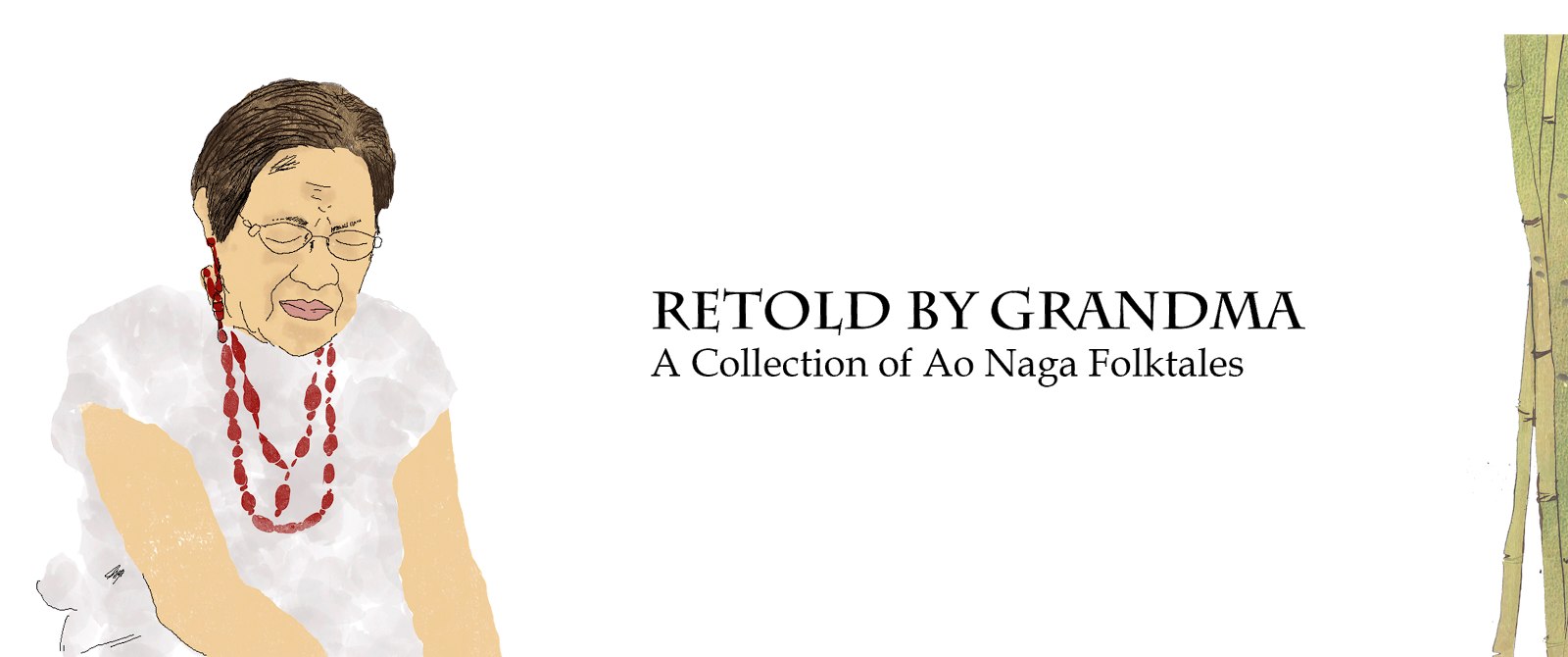I have to change the names of these stories! but for now!
Rich Girl and Poor Girl
There was once a rich and a poor girl who were both in love with the same boy. The boy liked both the girls but could not decide whom to marry.
1. Being of the same age group, they all worked in the fields together and each of them would bring their own food for lunch. The rich girl always brought a small quantity and ate very little whereas the poor girl would bring a generous amount and ate well.
Even when they went fishing the rich girl would bring very little rice in order to show she was very economical while the poor girl would bring a big helping and shared with the others.
Seeing the rich girl eat so less, the boy wondered whether this was her true nature.
Being very curious he decided to observe her. One day right after returning from the field, he quietly went to the rich girl’s house and from a corner watched her through a hole in the bamboo mat. He saw that the moment the girl arrived, she immediately dumped her things, sat down and started eating yam her mother had cooked. She was so hungry that she just squeezed the yam out of the skin and held one on each hand. To save more time she even asked her mother to help peel.
Amazed at the quantity she consumed at such speed, the boy picked up a stone for every yam she ate as tally. The next day when the girls were in the dormitory the boy visited them with all the stones he had collected. Emptying the bag of stones on the ground he asked them, “Do you think anyone can eat so much food at one sitting?” The rich girl having eaten that much herself pretended to be in shock and said, “No way, that is impossible!”, but the poor girl honestly replied, “Yes of course, I can eat that much in one go”.
2. A few days later the boy took the girls down to the village pond to carry water. In olden days’ people carried water in thick hollow bamboo that was about 4ft tall. Each person could carry about 4 to 6 water containers in a basket according to their strength.
Both the girls carried 5 bamboos containing water in their baskets and they all headed back to their village through a steep slope. As usual after having eaten very little in front of them, the rich girl could not take the weight. She became hungry and had no strength and she soon began to lag behind. Still wanting to impress the boy that she could carry so much water, she thought of a plan and very discreetly emptied the water out of the bamboo containers. By the time they reached the village only two containers out of the five contained water.
3. The boy’s mother also wanted to test the girls before her son made his final decision. In order to test their ability as a good house wife, she purposely dropped baskets and haphazardly threw tools along the way, then invited the girls home and waited for them in the sünglang.
(The sünglang/sunglang is a platform or veranda made entirely of bamboo and built on bamboo stilts. Usually in the village the structure of the house consisted of a small front room for pounding paddy and storing tools, then a large main room for the kitchen and bedroom, (sometimes with a division) and at the back of the house the sünglang).
The first to arrive was the rich girl. So eager to meet the boy’s mother that in spite of the obstacles she just hopped over the things without looking and went straight to the sünglang. But as soon as the poor girl entered the front door she immediately saw the things strewn along the way and exclaimed, “Aya, why is everything scattered all over the place?” She picked them up and placed them neatly on the side, and after that went to meet the boy’s mother.
The boy and his parents were waiting and now realized that the rich girl was lazy and a liar unlike the poor girl who was simple, honest and hardworking. They were very impressed with her and when the boy told them he wanted to marry her they readily agreed. The boy asked the poor girl for her hand and soon they were happily married.


















































